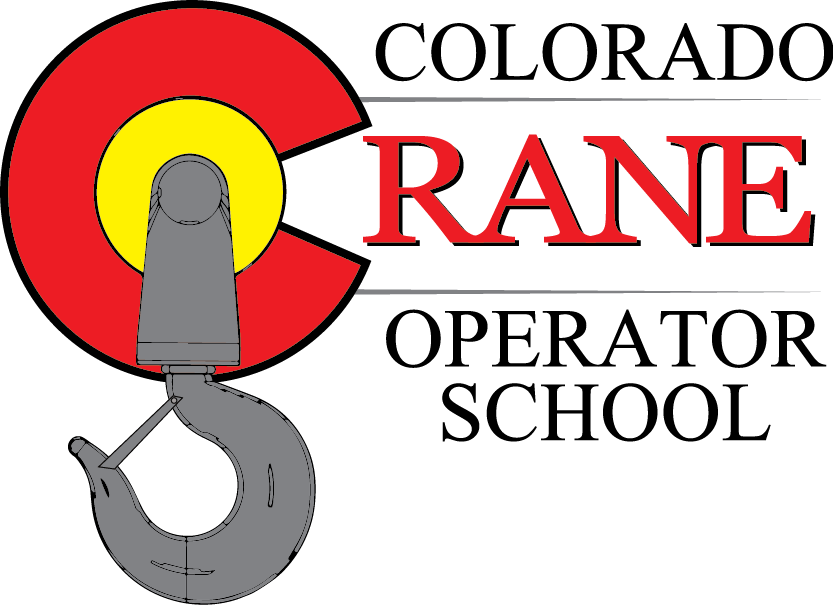Wind Restrictions for Operating a Crane
When you go through crane training, you’re given information on lots of safety tips and regulations to follow. These regulations not only help you get the job done but also ensure the safety of you and everyone else on your crew. One of the most important things to remember when you’re operating a crane is wind restrictions. The wind speed limit for crane operation is a factor you should always keep at the front of your mind.
What is the Wind Speed Restriction for Crane Operation?
There is currently no set standard for wind speed restrictions in crane operations. However, in general, you should cease crane operation once wind speeds reach 20 mph or higher. That being said, it’s smart to reconsider lifts if wind speed picks up at all, even before it reaches the 20 mph mark. No matter what type of crane you’re operating, this speed is fast enough to make even simple lifts incredibly dangerous.
Slight gusts of wind should be accounted for as well, but if winds are consistently more than 20 mph, cranes should be stopped in almost all cases. If you do choose to continue with a lift with wind speeds beyond 20 mph, proceed with extreme caution. If winds ever exceed 40 mph, shut down operation immediately. For the most accurate information, refer to the manufacturer’s guidelines for your specific machinery.
How Can Wind Speed Impact Crane Capacity?

Cranes both large and small can be severely impacted by high wind speeds. Every crane has its own unique loading limit, and when a crane meets wind, some of its loading capacity is used to withstand the wind’s force. As the wind gets stronger, this loading capacity loses some of its effectiveness and is more susceptible to tipping.
If you’re working on a job that requires multiple cranes, obtain specific information about each one of them. Depending on the manufacturer and their sizes, they may have different guidelines and should be considered individually. Additionally, be sure to check weather conditions consistently, since they can change almost in an instant.
Cranes can be more heavily impacted if the load has a wide surface or if the lift is being performed at a higher elevation. If you’ll be working between tall structure, beware of a “wind tunnel” effect that could cause unusually high wind speeds.
How Can I Stay Safe When Operating a Crane?

Before the job begins, check weather patterns and try to schedule the job on a day where the wind is forecasted to be slow. Once on the job site, continually monitor conditions and immediately cease operations if things take a turn for the worse.
Some crane operator cabs come with special equipment to help you track the weather. Many of these pieces of equipment come standard with wind speed indicators, and some also include weather radios to allow operators to access up-to-the-minute information.
If high winds do arise during a job, place the load safely and retract the jib or boom. Wait for the weather to pass before continuing the lift. In extreme cases, jobs may have to be postponed. In any case, keeping a close eye on weather conditions and wind speeds when operating a crane will prove beneficial for all involved.





